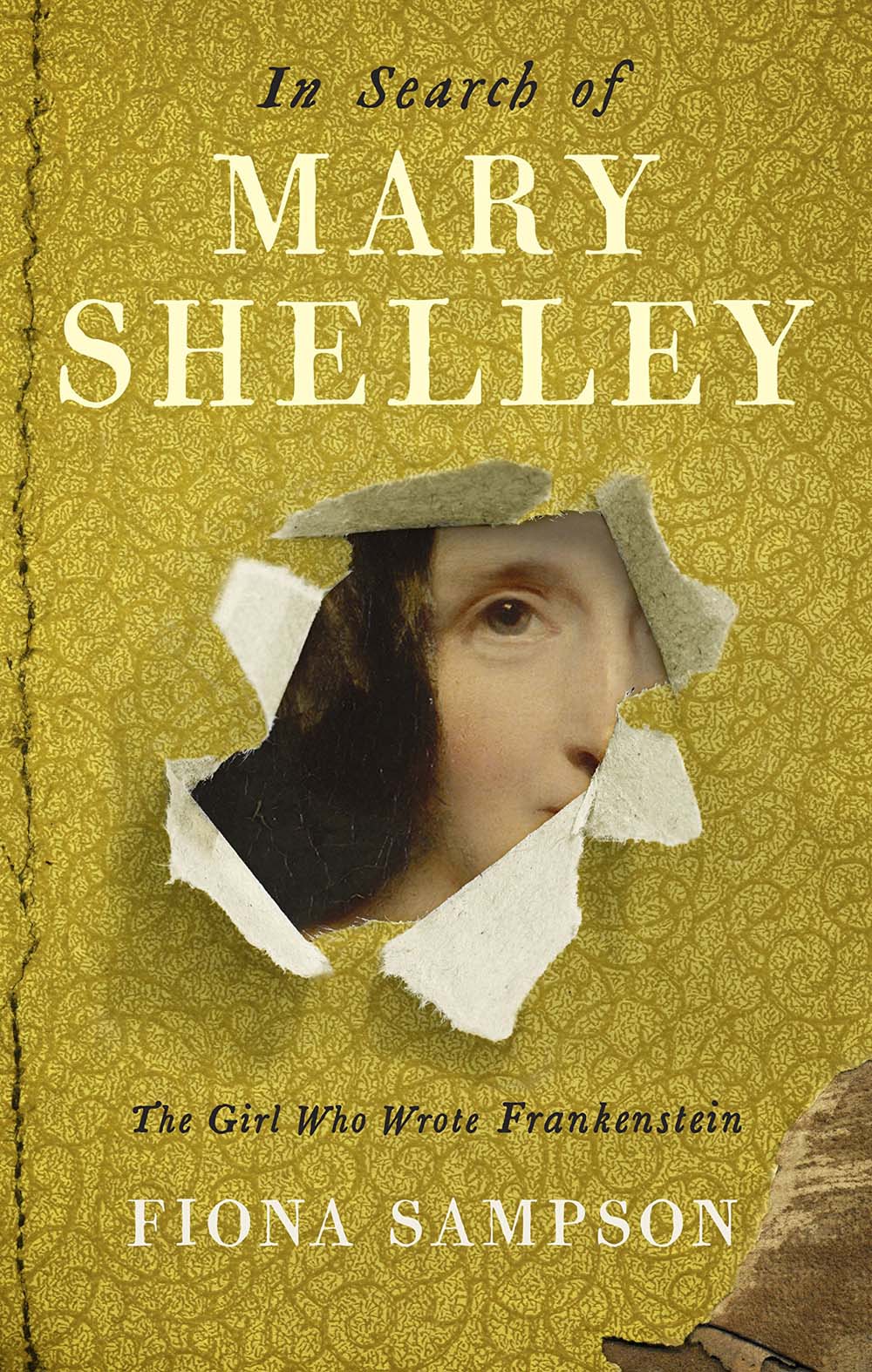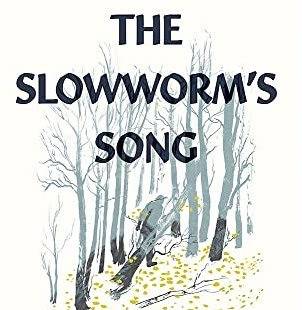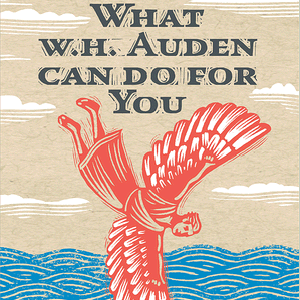
This article is a preview from the Winter 2018 edition of New Humanist
In Search of Mary Shelley: The Girl who Wrote Frankenstein (Profile) by Fiona Sampson
Fiona Sampson’s absorbing biography of Mary Shelley marks the 200th anniversary of Frankenstein’s publication. Although she died relatively young, Mary led a remarkably intense and productive life. She eloped with the Romantic poet Percy Bysshe Shelley when she was just 16, gave birth a year later and started writing Frankenstein aged 18. It was also a life marked by tragedy. She never knew her mother, Mary Wollstonecraft, who died 11 days after giving birth. She disliked Mary Jane Clairmont, the second wife of her beloved father, William Godwin. It is no wonder the besotted Mary eloped. It is harder to understand why she persuaded her stepsister, Jane, who later changed her name to Claire, to join them. They formed an uncomfortable ménage. According to Sampson: “Jane’s triangulating presence will shape the young couple’s entire relationship.”
Mary had buried her third child by the time she was 21. Percy was committed to free love and throughout his marriage kept up sexual relations with Jane-Claire, who also had a child by Lord Byron. Sampson paints a damning portrait of Percy. He eloped with his first wife Harriet when she was just 16, and abandoned her when she was pregnant for Mary. Heartbroken and friendless, Harriet later committed suicide. Percy appears to have actively encouraged Mary to sleep with his university friend Thomas Jefferson Hogg, possibly to assuage his own guilt and inability to remain monogamous.
Mary’s early diaries and letters were allegedly lost in Paris. Sampson has to interpret her character and emotions from the barest of facts and the books, journals and letters that survived. Many of her deductions are inevitably speculative. As an adolescent Mary suffered from a debilitating skin condition – eczema or psoriasis. Sampson mentions hormones and stress as possible contributing factors.
As a couple, the Shelleys travelled widely in Europe, visiting fellow writers and friends and finally settling in Italy. As well as recreating the night on Lake Geneva when Byron famously challenged his house guests to write a ghost story, prompting Mary to write Frankenstein, Sampson visualises some of the Alpine and German landscapes that served as inspiration. Each chapter is prefaced with a quote from Frankenstein and Sampson’s references illuminate Mary’s intelligence. She also provides strong counterarguments to those who think Shelley played a major part in the conception and writing of Frankenstein; who are “as eager today as in Mary’s lifetime to believe that no mere girl could have produced a novel that’s become one of the classics of English literature”.
Sampson’s sympathies clearly lie with Mary. She was betrayed by her husband, friends and family and yet forgave them all. Her creative output in difficult circumstances was remarkable; she lost three children and Percy fathered at least one illegitimate child, which left him open to blackmail. After Percy died, drowning when his boat went down in a sudden storm off the coast of the Gulf of Spezia, Mary had to contend with his father, who refused to support her, and friends who dismissed her suffering.
Towards the end of her search for the real Mary, Sampson examines Richard Rothwell’s 1839 portrait. Mary is handsome, rather than beautiful, with an enigmatic Mona Lisa smile. She has already made her mark in the world of literature and her demeanour is assured. And yet she is dressed in black, the colour of mourning, 17 years after her husband’s death. Like Sampson’s perceptive biography, the painting says a lot about Mary’s love and loyalty.

